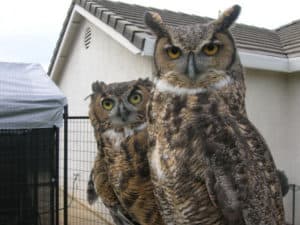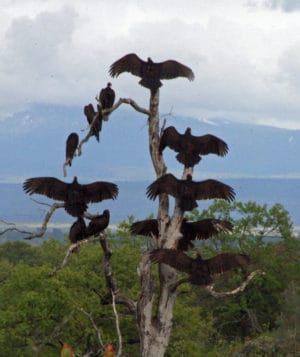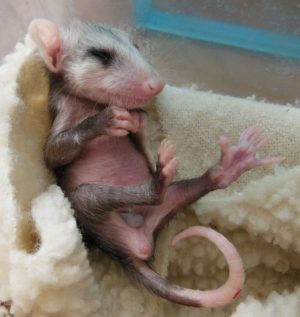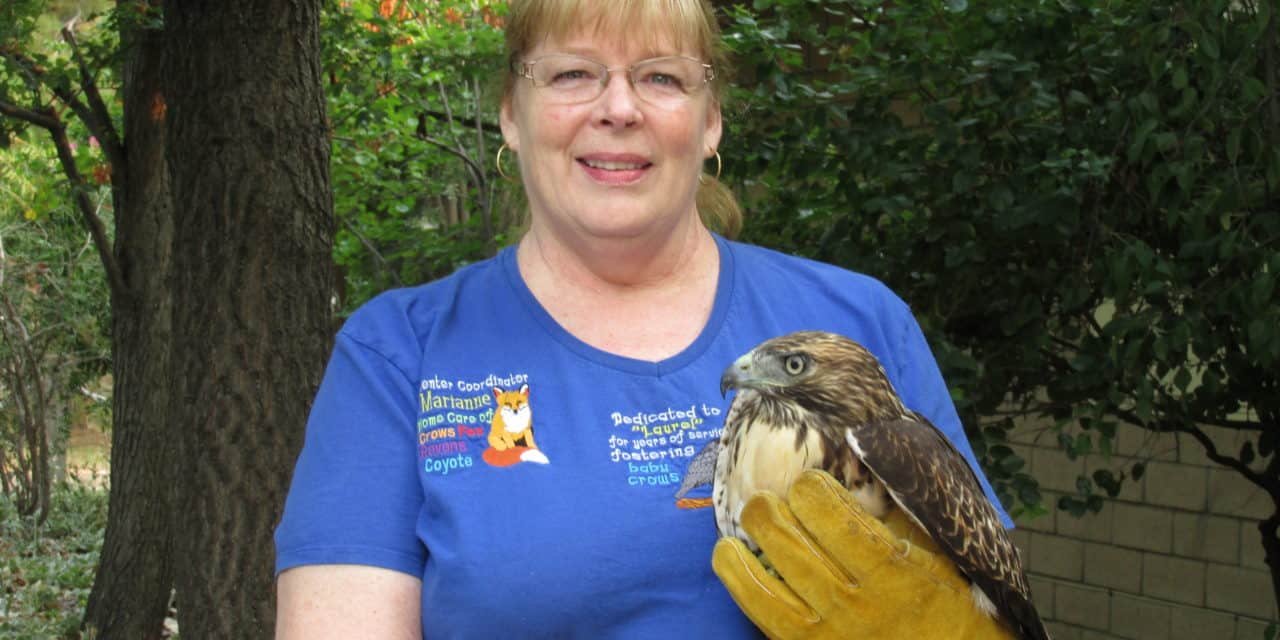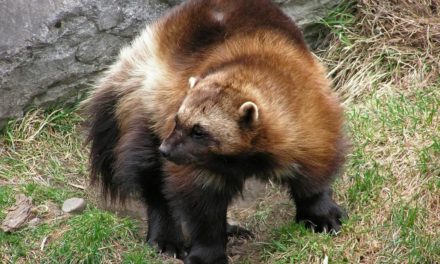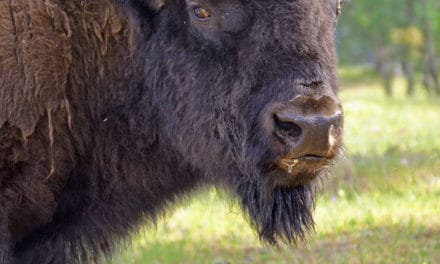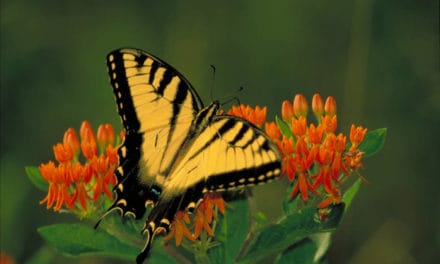Life is Wild at this Rescue Center
By Teresa Ambord
Have you ever found an injured bird or other wild critter and wondered how you could help it? Tucked away deep in Anderson River Park is a place — a second chance — where a team of kind souls work to treat and rehabilitate injured and orphaned wildlife. It’s called the Shasta Wildlife Rescue and Rehabilitation Center (SWRR).
Back in the Day
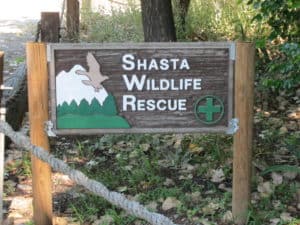 Founders Renee and Jim Miller started rescuing birds and small animals in their own home back in the seventies. When every available corner of the house filled up, they began the tireless effort to establish an official wildlife rescue here in northern California. Originally, they operated out of Redding’s Carter House Museum, but the need quickly outgrew that space too as the public brought in wounded and orphaned critters.
Founders Renee and Jim Miller started rescuing birds and small animals in their own home back in the seventies. When every available corner of the house filled up, they began the tireless effort to establish an official wildlife rescue here in northern California. Originally, they operated out of Redding’s Carter House Museum, but the need quickly outgrew that space too as the public brought in wounded and orphaned critters.
A few moves later, in 1991, the rescue center moved to its current location in Anderson River Park. It’s easy to miss the modest building, shaded and somewhat hidden by trees. Over time the original building has been supplemented by wildlife enclosures and outbuildings. The center strives to have structures the critters need to simulate living in the wild, to make rehabilitation more likely.
In Kind, Capable Hands
The SWRR is run by the center coordinator, Marianne Dickison. Her knowledge is evident as she handles wildlife comfortably and skillfully. She’s assisted by a team of well-trained volunteers, who spend most of their time feeding birds. “Feeding comes before anything else,” said  Dickison. “The little ones are fed every 15 to 20 minutes and if the baby bird room is filled, all you have time to do is feed! You start at one end feeding and by the time you have fed each tiny mouth, it’s time to start again.”
Dickison. “The little ones are fed every 15 to 20 minutes and if the baby bird room is filled, all you have time to do is feed! You start at one end feeding and by the time you have fed each tiny mouth, it’s time to start again.”
SWRR receives no government funding, and is entirely supported by its 500 members as well as through various fundraising events. There’s always a need for more volunteers, and more monetary support, said public relations manager, Karlene Stoker.
They help between 1,000 and 1,200 animals each year, which is a big and expensive job. “Food alone can cost up to $12,000 each year,” Stoker said.
SWRR also takes its feathered and furry residents to schools and campgrounds and other facilities to share with the community. Overall, the goal is to teach the public how to live well, side by side with wild critters, which ideally will result alin fewer injuries. If you’d like to contact SWRR for volunteer opportunities, or to donate, call Marianne Dickison at 530-365-WILD (9453) or visit them at http://www.shastawildliferescue.com
With a wide variety of needs, there are many easy ways to donate to SWRR, including cash, dropping off supplies and using SWRR’s 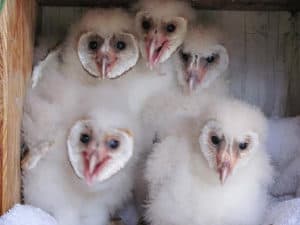 Amazon.com wish list to bless them with needed items. At the SWRR website, click on the membership tab and you’ll see how you can help.
Amazon.com wish list to bless them with needed items. At the SWRR website, click on the membership tab and you’ll see how you can help.
You can meet and enjoy SWRR inhabitants at the Salmon Festival on Saturday, October 17 from 9 a.m. to 4 p.m. at the Coleman National Fish Hatchery Complex in Anderson.
Or, visit SWRR at its annual Open House/Baby Shower the first Saturday in April, at 3752 Rupert Road inside Anderson River Park in Anderson. You can learn more at the SWRR website.
